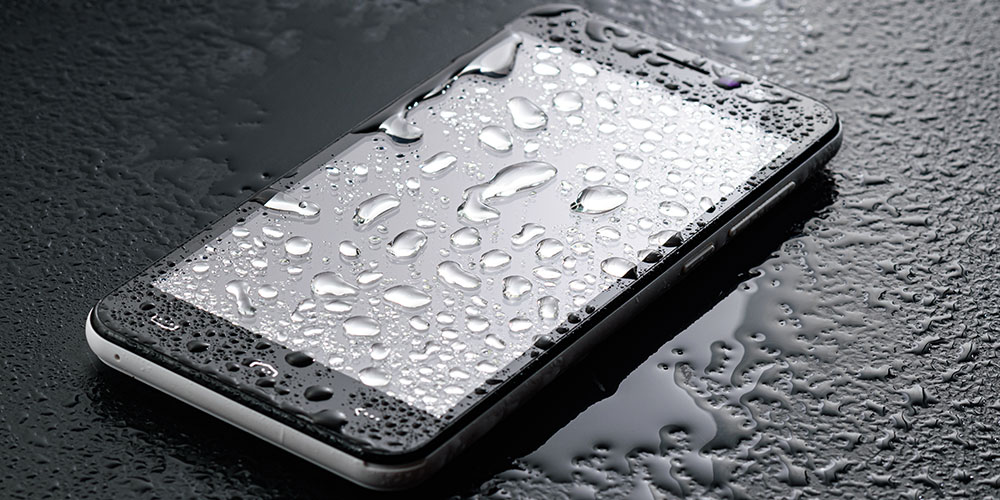
When it comes to buying a new mobile phone, the options can seem endless. Apple or Android? What colour? What memory size? What screen type? What battery power? Do you want a phone that’s built for photography or one that’s made for gaming? Mobile phones place a world of possibility at our fingertips, and considering how often we rely on them, it’s important to make sure that you find the right phone to suit you. Key to that is IP ratings.
Waterproof technology is a trend that’s fast on the rise. Whether it’s knowing your handset is safe from rainfall and splash-resistant, or knowing it can survive being submerged in water for periods in time, the answer to how protected your mobile phone is can be found in its IP rating. So, what exactly is an IP rating?
IP rating stands for Ingress Protection rating, and it exists to tell you what level of protection a device is provided by its enclosures. IP ratings are a standard code set by the International Electrotechnical Commission (IEC), and they consist of two numbers. The first number, ranging from one to six, indicates the level of protection against dirt, dust, and other solid particles. The second number, ranging from one to eight, indicates how much water a device can handle without damage. The higher each number, the better the protection.
IP68 is basically the best IP rating a device can have. The exact conditions of what your IP rating means will be supplied by the device manufacturer, but for an overview of what these numbers generally mean, see the table below.
Understanding IP Ratings
| Rating | First Number (protection against solid particles) |
Second Number
(protection against liquid particles) |
| 0 | No protection | No protection |
| 1 | Protected against solid objects over 50mm (example: hands) | Protected against vertically falling drops of water |
| 2 | Protected against solid objects over 12mm (example: fingers) | Protected against direct sprays of water up to 15 degrees from the vertical |
| 3 | Protected against solid objects over 2.5mm (example: tools and wires) | Protected against direct sprays of water up to 60 degrees from the vertical |
| 4 | Protected against solid objects over 1mm (example: small wires) | Protected against water sprayed from all directions |
| 5 | Dust protected — limited ingress of dust permitted | Protected against jets of water from all directions |
| 6 | Dust-tight — no ingress of dust permitted | Protected against powerful jets of water from all directions |
| 7 | Protected against the effects of immersion in water — between 15 cm (5.9 inches) and 1 meter (3.3 feet) for up to 30 minutes | |
| 8 | Protected against the effects of long periods of immersion in water under pressure |
Knowing your phone is safe to use in your environment is crucial to finding the right device for you. That’s why it’s important to understand what your mobile’s IP rating is and what it means.
If you’re looking to invest in a new mobile phone, we’ve got deals and discounts to help you save money while you stay connected. Visit our Offers page to find out more.

